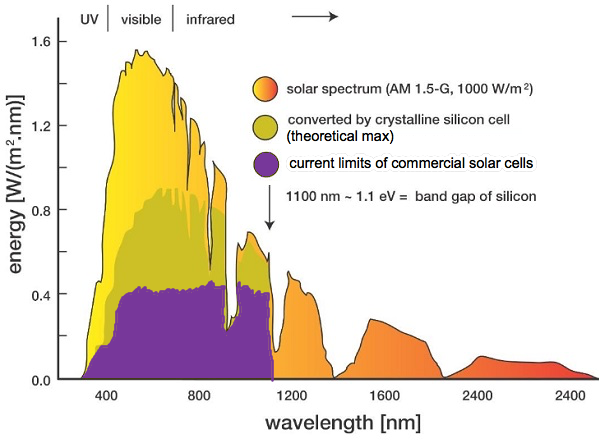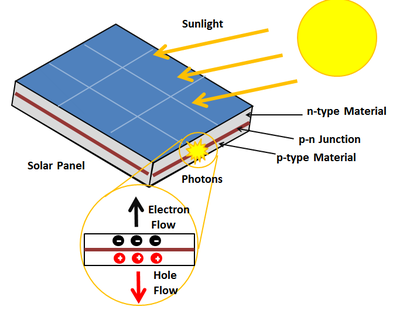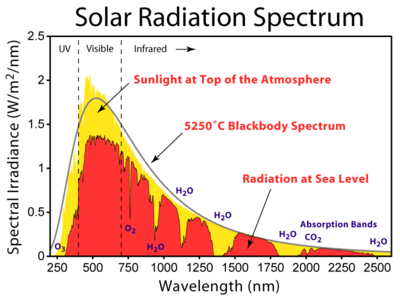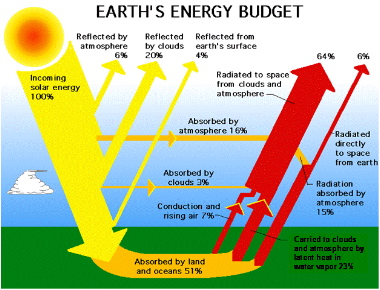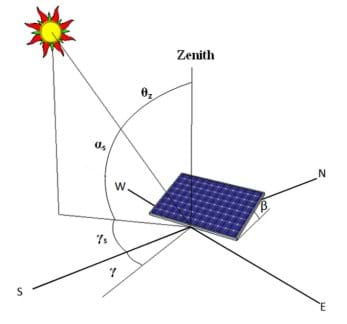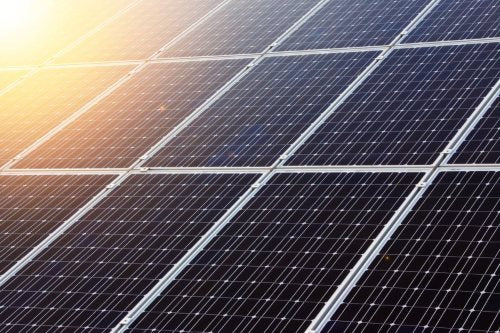As shown in the sketch at the far left there are energy losses as the sun s rays are reflected from the atmosphere clouds dust the day night cycle and seasonal changes.
Wavelength of sun absorption on solar panels.
Most of the solar energy falling on earth has wavelengths of wavelengths of 250nm to 2500nm.
Traditional photovoltaic cells turn a relatively small part of the sun s light spectrum into electricity limiting their efficiency and power output.
The cell s silicon material responds to a limited range of light wavelengths ignoring those that are longer and shorter.
Here s how solar panels absorb and store energy.
The sun s energy is expressed in different ways depending on what materials it interacts with.
The ultimate solar power station is in outer space.
The spectrum of the sun s solar radiation is close to that of a black body with a temperature of about 5 800 k.
At these wavelengths each photon has a large energy and hence the ratio of photons to power is reduced.
Solar irradiance is often integrated over a given time period in order to report the radiant energy emitted into the surrounding environment joule per square metre j m 2 during that time.
Uv ultraviolet light refers to the region of the electromagnetic spectrum between visible light and x rays with a wavelength falling between 400 and 10 nanometers.
This enables them to transform solar energy into electricity.
However their performance and energy outputs will never be as high as if they were exposed to sunlight.
Solar panels can work with artificial light.
This electromagnetic radiation is not visible to the human eye because it has a shorter wavelength and higher frequency than the light our brain perceives as images.
The sun emits em radiation across most of the electromagnetic spectrum although the sun produces gamma rays as a result of the nuclear fusion process internal absorption and thermalization convert these super high energy photons to lower energy photons before they reach the sun s.
Specifically this layered cell is much better at collecting those longer wavelengths of light into the.
However unlike the square shape of qe curves the spectral response decreases at small photon wavelengths.
Only about 50 of the sun s energy reaches the earth and then only 15 to 25 of that reaches the grid.
Sunlight solar radiation that is visible at earth s surface.
Any energy above the band gap energy is not utilized by the solar cell and instead goes to heating the solar cell.
Solar panels are built with materials that physically interact with certain wavelengths of solar energy.
The amount of sunlight is dependent on the extent of the daytime cloud cover.
The effect of wavelength on photovoltaic cells.
Others receive less than 2 000 as in regions of frequent storminess.


